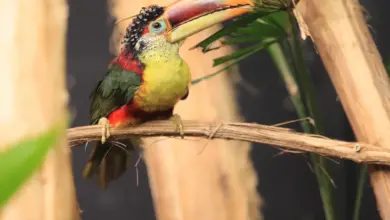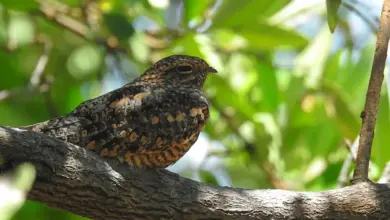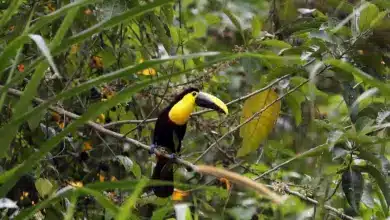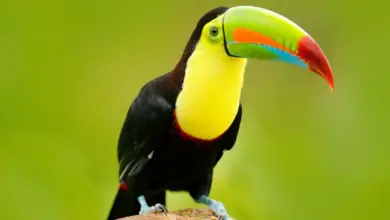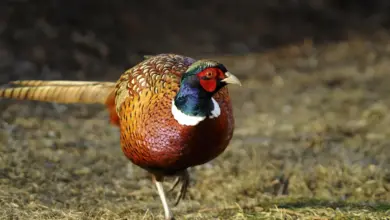The Mousebirds are small birds that are only found in sub-Saharan Africa; their name is derived from the similar appearance of these birds with mice, as they move through vegetation in search of food.
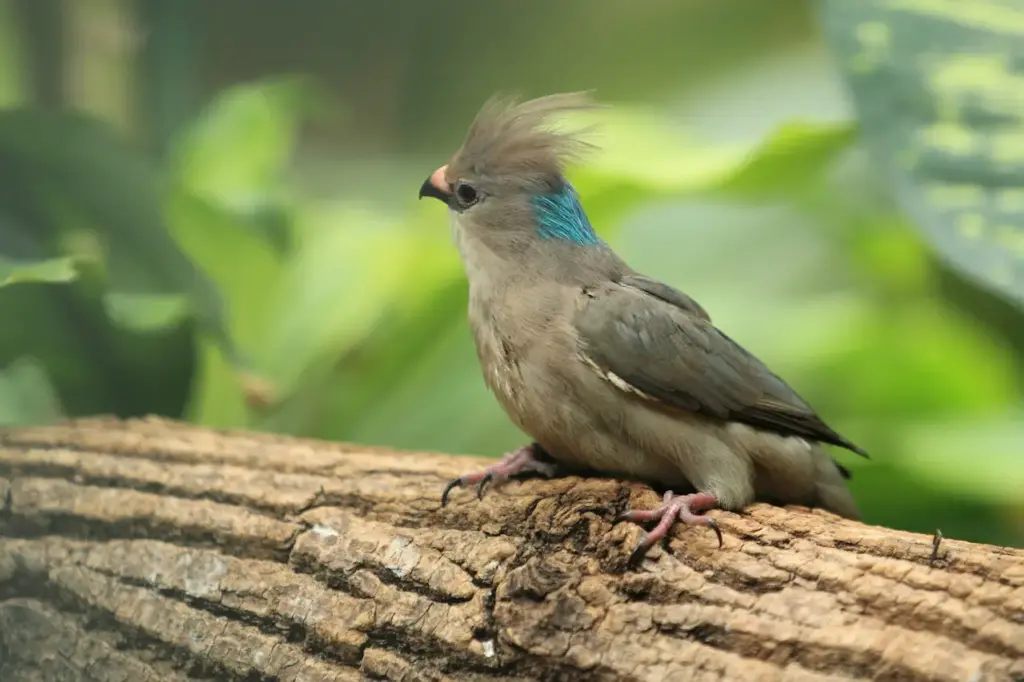
There are several interesting aspects about these birds:
- Semi-Hibernation: Due to their low-calorie, fruit-based diet, these birds go into torpor (temporary or semi-hibernation) on cold nights to conserve energy. During this time, their heart rate slows down, their body temperature decreases and they remain in a so-called “suspended animation” until it is time for them to wake up and feed again. The only other groups of birds known to go into temporary hibernation are hummingbirds and nighthawks. These mousebirds generally roost in tight groups of 20 or more birds to prevent heat loss and also to deter nocturnal predators.
- True Acrobats: All members of the mousebird family have strong feet that are relatively large for their body size and are widely spaced. Unlike other birds, they are able to rotate all four toes to face forward allowing them to feed upside down, hold food with their feet, and perch with their legs positioned at strange angles.
- Mating Behavior: Most birds are monogamous (one mate), others are polygynous (several mates). With the Speckled Mousebirds, both monogamous and polygynous pairings have been observed. Several females may lay their eggs into the same nest and share incubation and chick-rearing duties. Males also help with incubating the eggs and raising the chicks.
Description
Mousebirds measure about 10 cm in length, without the tail; the tail alone is about 20 – 24 cm long. They weigh 45 – 55 grams. They have crest feathers and stubby bills.
These slim brown or greyish birds have soft, hair-like feathers (like mice) – hence their common name.
All members of the mousebird family have strong feet that are relatively large for their body size and are widely spaced. Unlike other birds, they are able to rotate all four toes to face forward allowing them to feed upside down, hold food with their feet, and perch with their legs positioned at strange angles.
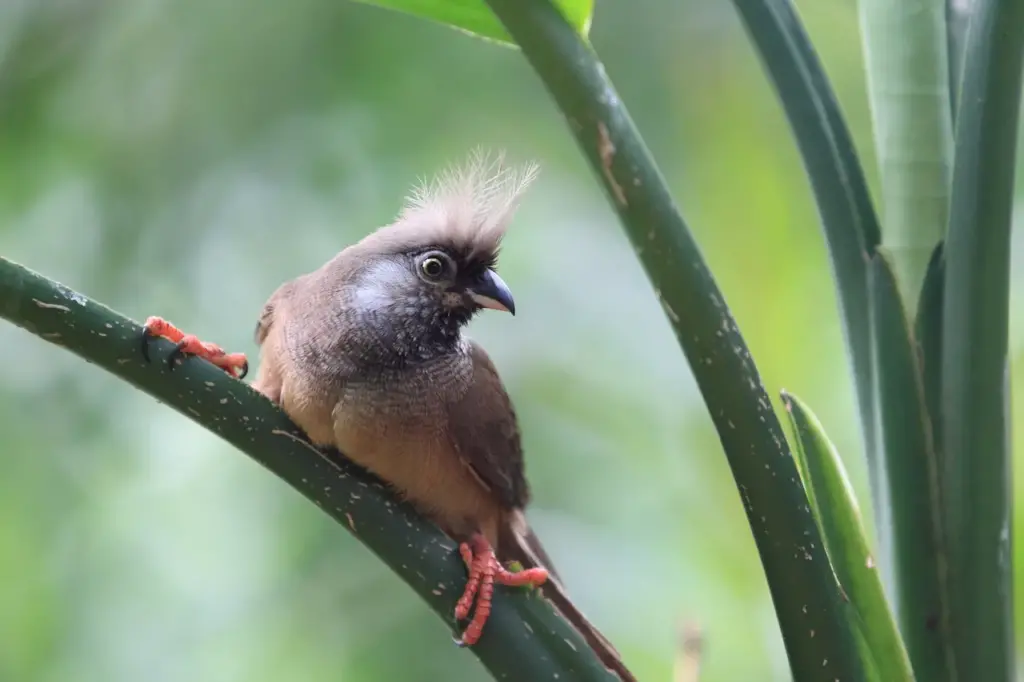
Diet / Feeding
They scurry through the leaves like rodents as they search for berries, fruit and buds to feed on. These acrobatic birds can even feed upside down.
Nesting / Breeding
These birds build cup-shaped twig nests in trees, which are lined with grasses. The average clutch consists of 2 – 4 eggs.
Living Genera / Subspecies
- Genus Colius
- Speckled Mousebird, Colius striatus
- White-headed Mousebird, Colius leucocephalus
- Red-backed Mousebird, Colius castanotus
- White-backed Mousebird, Colius colius
- Genus Urocolius– from Eastern and Southern Africa
- Blue-naped Mousebird, Urocolius macrourus
- Red-faced Mousebird, Urocolius indicus
